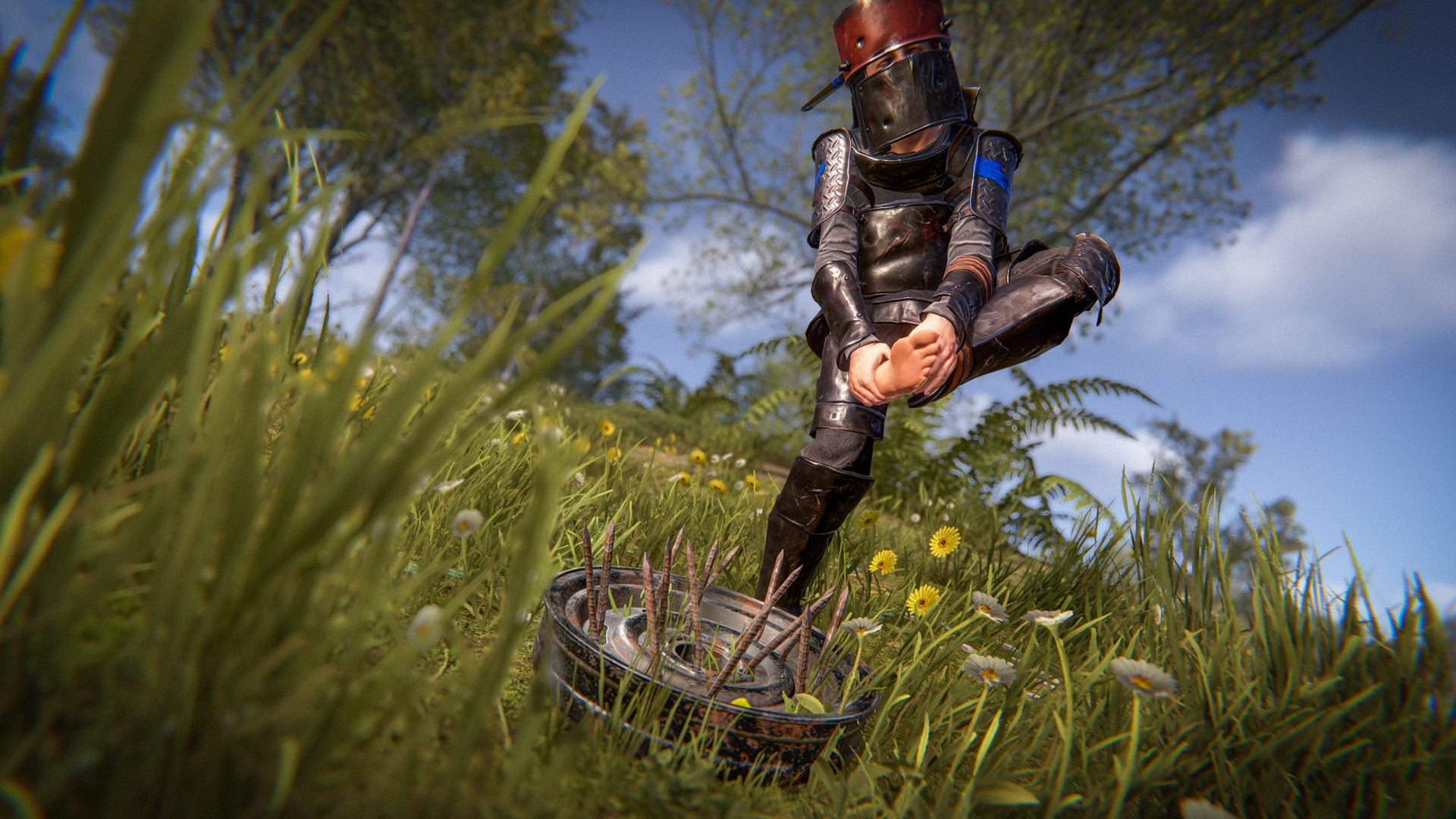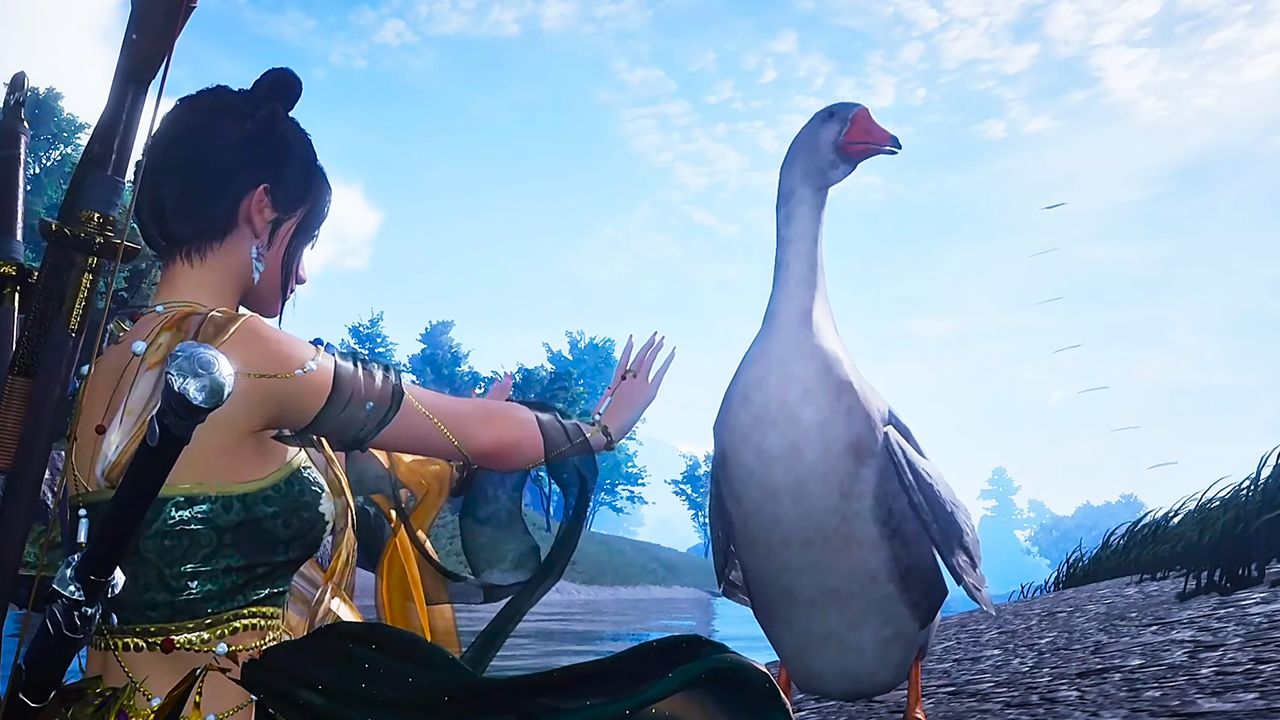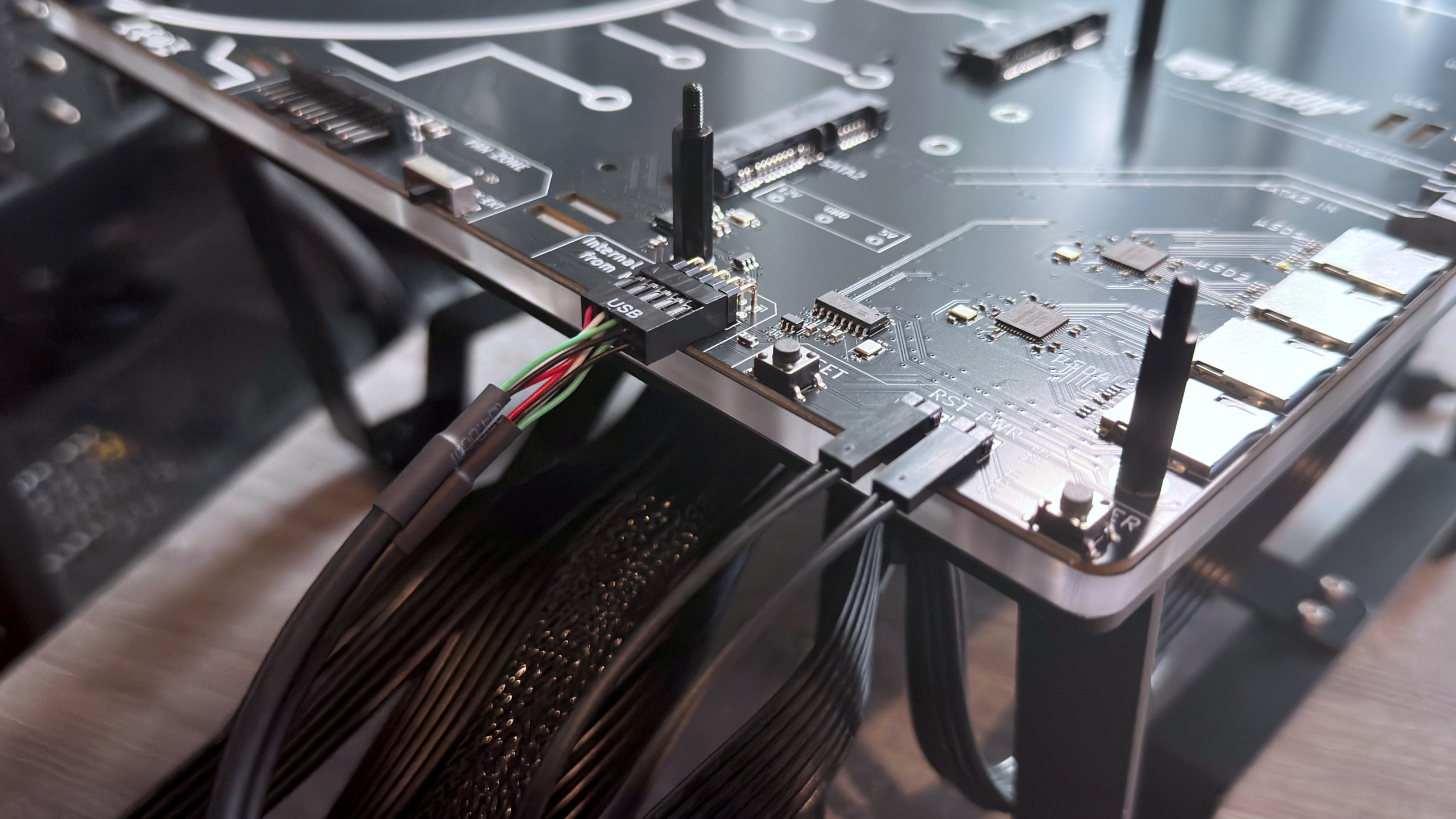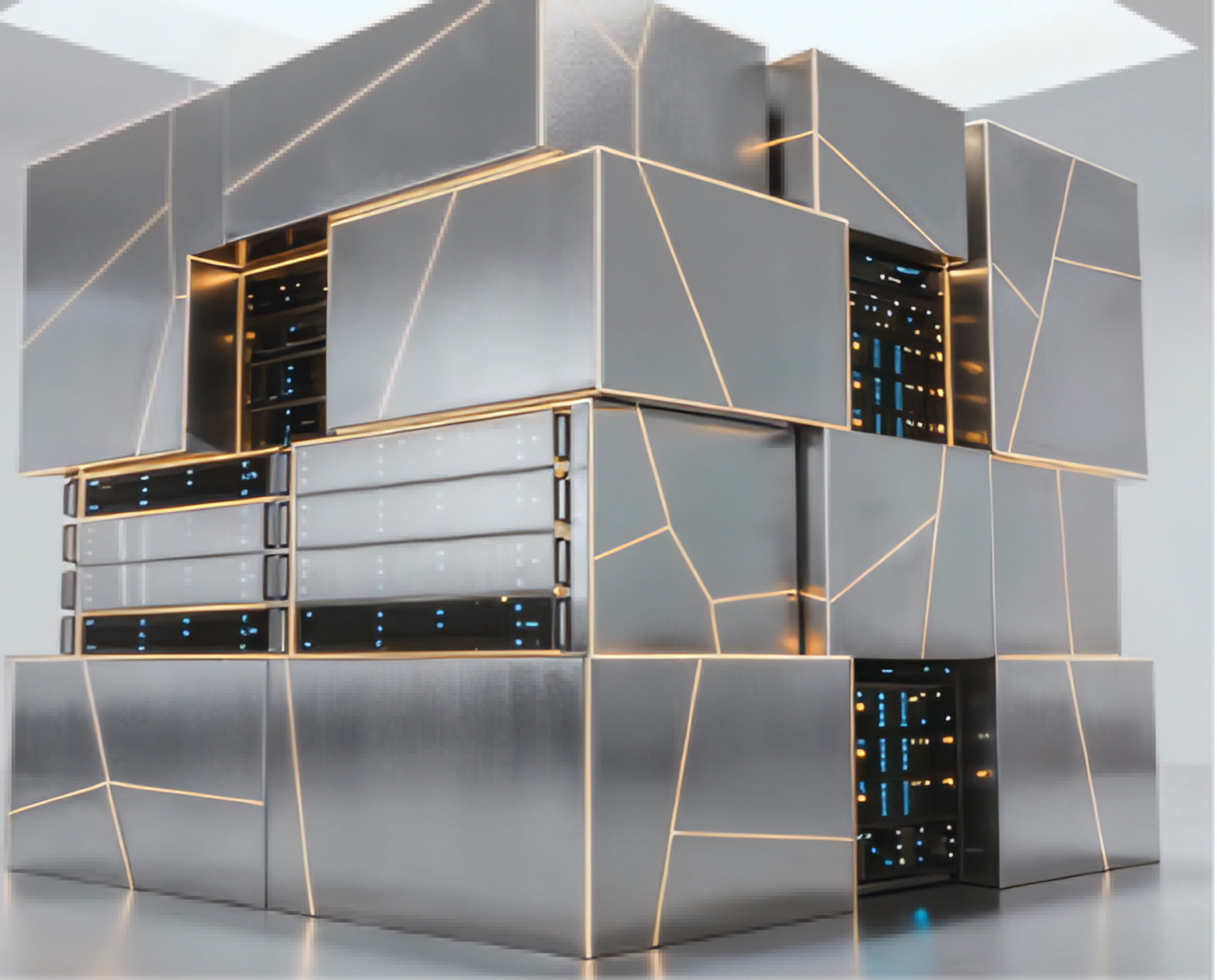Rust developer is fed up with survivors cowering in their homes, so it’s reworking progression to ‘get players back out of their bases’

Having worked from home most of my adult life, I am familiar with the appeal of never having to leave my house. My commute to work is about ten steps long and I can do it in slippers if I like. I don’t have to take out a second mortgage if I want a coffee or a slice of cake. Best of all, I don’t have to deal with *shudder* other people beyond the occasional email and phone call.
That said, I’m aware that it’s good to go outside once in a while. So I understand the motivation behind Rust’s latest update, which aims to shake up the meta to encourage players to stop loafing around in their houses and get back to the office—the office in this case being abandoned monuments to civilization where players can horribly murder one another.
“The current progression meta has grown stale, moving too fast and becoming too easy over the years,” Facepunch writes in a Steam post, citing the abundance of the scrap resource as a cause. “We don’t believe this has been overwhelmingly negative, but it has detracted from world PvP, especially in and around monuments.”
To counter this, Facepunch is implementing a “new layer of progression to the workbench system”. Players can still craft a workbench as normal, but to upgrade it to levels 2 and 3, they’ll require blueprint fragments. These fragments are elemental resources that cannot be crafted and can only be found inside monuments—explorable landmarks that contain rare resources.
You can’t expect to rock up to a monument and start hoovering up blueprint fragments like a cleaner at the patent office, either. “Blueprint fragments are tied directly to puzzles and high-end loot, encouraging players to push deeper into monuments and hackable events,” Facepunch points out.

To further enhance this, numerous monuments have been adjusted to make them more interactively engaging via expanding the keycard puzzle system Rust employs. Some monuments like the dome, the ferry terminal, and Radtown have been given “basic” green keycard puzzles. Others, like the nuclear missile silo, have had their keyboard puzzles upgraded from blue to red. “The silo has always been a high risk vs reward location,” Facepunch notes. “This change aligns it with other high-tier areas.”
The overall intent, Facepunch says, is straightforward. “Get players back out of their bases, contesting monuments, slow down progression and clashing over territory.” With the blueprint fragment system implemented, the studio believes this will create “a soft progression gate that pushes players into early fights and slows down clan snowballing.”
While the meta is Facepunch’s primary target, the update also makes several other changes too. Loot crates at various monuments have been shuffled around to refresh exploration for veteran players. Drones now have a storage slot that lets them carry and drop a single stack of any item (such as explosives). The medieval arsenal of Rust’s primitive mode has been rebalanced, while primitive players can now craft a nasty-looking spike trap. Finally, a new type of crate has been scattered across Rust’s shorelines to give rookie players a starting resource boost.
This will likely be Rust’s final patch before the long-awaited Naval update arrives in November. This nautical overhaul will let you play Facepunch’s survival sim as a scrapyard Sea of Thieves, constructing your own ramshackle vessel complete with handcrafted cannons, before taking to the ocean as a post-industrial pirate.




